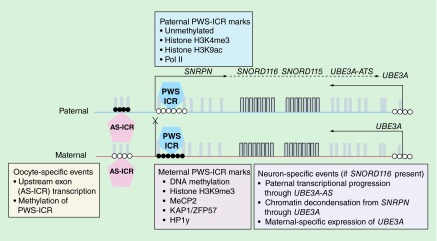Figure 3. . Imprinting and neuron-specific epigenetic regulation of UBE3A.
The CpG sites of both maternal and paternal alleles of UBE3A are unmethylated (open circles), resulting in biallelic transcription of the 5′ end of UBE3A (arrows pointed left, exons represented as vertical bars). However, the Prader–Willi imprinting control region (PWS-ICR, in blue) is characterized by DNA methylation (closed circles) and repressive chromatin marks on the maternal allele (pink box) and active chromatin marks on the paternal allele (blue box). The Angelman imprinting control region (AS-ICR, pink) is characterized by paternal-specific DNA methylation because the maternal allele is protected from methylation at this region by the oocyte-specific transcription of noncoding upstream exons that serve to methylate the PWS-ICR on the maternal allele. While paternal expression of the protein coding gene SNRPN is observed in all tissues, transcriptional progression continues in postnatal neurons through the repetitive small nucleolar RNA clusters through to the antisense transcript for UBE3A (UBE3A-ATS). Specifically in neurons, the paternal allele undergoes chromatin decondensation and the maternal allele of UBE3A is silenced from expression of the UBE3A-ATS. AS-ICR: Angelman syndrome imprinting control region; PWS-ICR: Prader–Willi syndrome imprinting control region.

